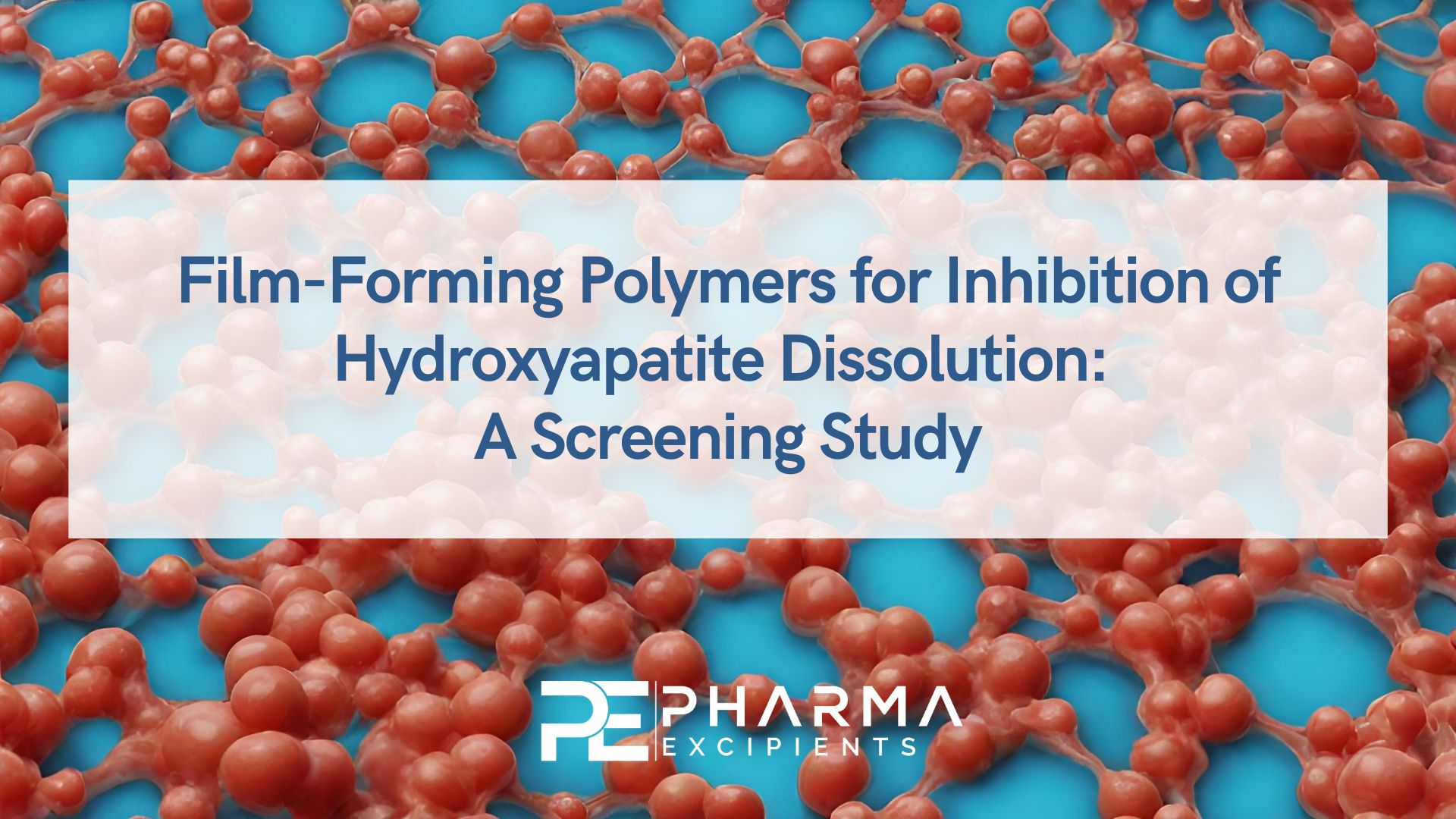Film-Forming Polymers for Inhibition of Hydroxyapatite Dissolution: A Screening Study

The aim of this study was to evaluate the effect of film-forming polymer solutions of different concentrations and pH values, either associated or not with sodium fluoride (F; 225 ppm F−), when applied during the initial stage of salivary pellicle formation, to prevent the dissolution of hydroxyapatite (HA), which was determined by the pH-stat method. Polyacrylic acid (PA), chitosan, sodium linear polyphosphate (LPP), polyvinyl methyl ether/maleic anhydride (PVM/MA), and propylene glycol alginate (PGA) were tested in three concentrations (lower, medium, and higher), two pH values (native or adjusted), and either associated or not with F. Distilled water, F, and stannous ion+fluoride (Sn/F; 225 ppm F− and 800 ppm Sn2+, as SnCl2) solutions were the controls, totalizing 63 groups. HA crystals were pretreated with human saliva for 1 min to allow pellicle formation, then immersed in the experimental solutions (1 min), and exposed to saliva for another 28 min.
Subsequently, they were added to a 0.3% citric acid solution (pH = 3.8), connected to a pH-stat system that added aliquots of 28 μL 0.1 N HCl for a total reaction time of 5 min. Data were analyzed with one-way ANOVA and Tukey’s tests (α = 0.05). For PA alone, the concentrations of 0.1% (native pH), 0.06%, and 0.08% (both pH adjusted) showed significantly lower HA dissolution than the negative control. PA concentrations of 0.1% and 0.08%, of both pH values, improved the effect of F against HA dissolution to a near-identical value as Sn/F. All solutions containing chitosan and LPP significantly reduced HA dissolution in comparison with the control. For chitosan, the concentration of 0.5% (in both pH values) improved the effect of F. LPP at 0.5% (native pH) and all associations of LPP with F outperformed the effect of F. Some PVM/MA solutions significantly reduced HA dissolution but PVM/MA could not improve the protection of F. PGA was incapable of reducing HA dissolution or improving F effect. It was concluded that chitosan, LPP, and some PA and PVM/MA solutions used alone were capable of reducing HA dissolution. Only PA, chitosan, and LPP were able to enhance fluoride protection, but for PA and chitosan, this was influenced by the polymer concentration.
Read more
Letícia Oba SakaeTaiana Paola PradoSávio José Cardoso BezerraSamira Helena NiemeyerAlessandra Buhler BorgesThiago Saads CarvalhoTais Scaramucci; Film-Forming Polymers for Inhibition of Hydroxyapatite Dissolution: A Screening Study. Caries Res 2023;
https://doi.org/10.1159/000533546

